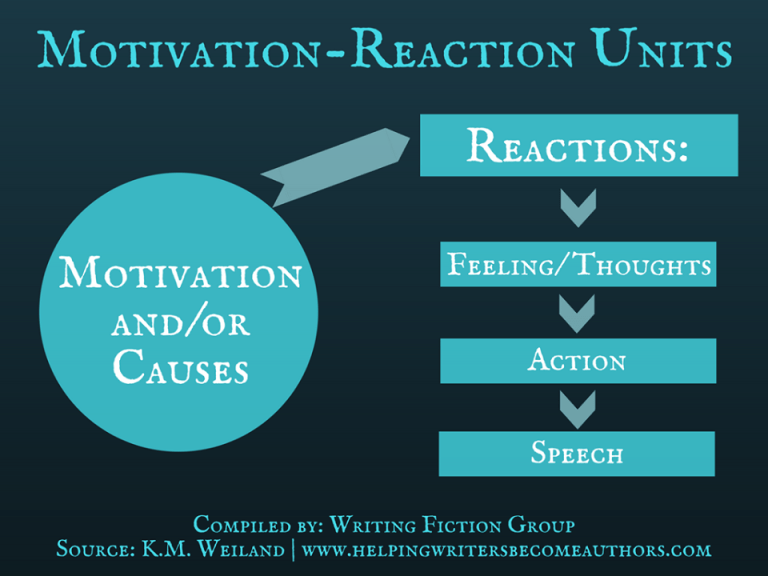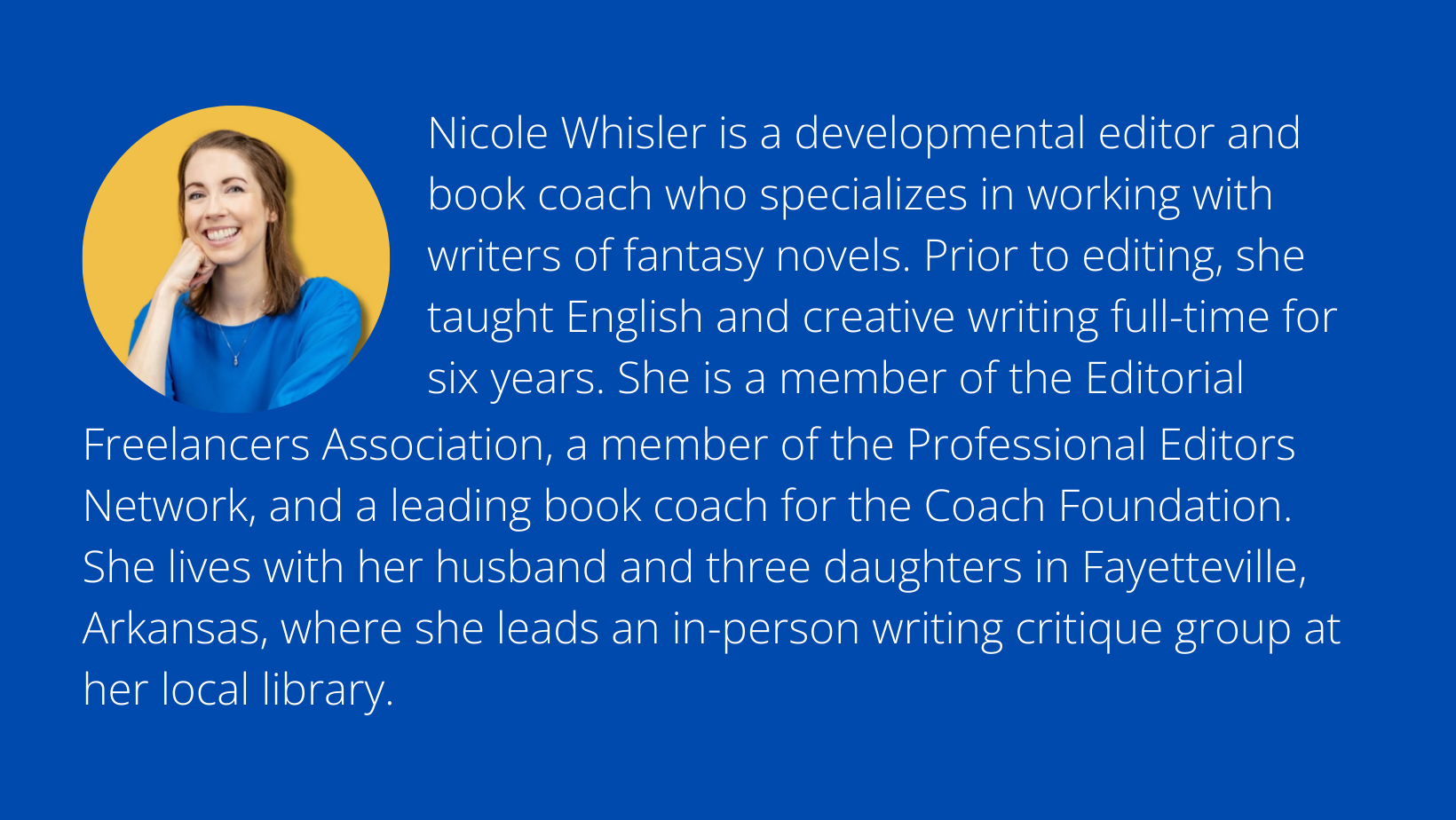Whisler Edits Blog

Connecting with Readers through Character Reaction
Discover in this post …
how character–reader connection must be earned.
five core strategies to engage readers through character reaction.
six final tips to implement the strategies effectively.
Earning that Character–Reader Connection
If you’re a writer/reader who enjoys discussing books, the following comments may sound familiar to you:
“I didn’t connect with that book.”
“I couldn’t stand the main character.”
“It wasn’t for me.”
These opinions probably don’t bother you much—as long as the speaker isn’t talking about your book. You’re aware everyone has different interests. Your heart doesn’t break when Samantha says she doesn’t “get” your epic fantasy novel—because you know that Samantha regularly reads memoirs and biographies. She’s not your target audience.
But what about Tim? Tim devours at least one epic fantasy book per week. He raves about the latest Brandon Sanderson novel, while you’re of the (perhaps unpopular) opinion that the most recent books didn’t live up to the first in the series. Tim dresses up like Gandalf every time he watches The Lord of the Rings. He never misses an episode of The Wheel of Time.
And Tim hates your book.
He hasn’t said so, per se. But he recently read a few chapters and mumbled something about not connecting with your main character when you asked him what he thought.
You don’t need to worry about Samantha. But I’d suggest you think about Tim.
First, a caveat: people are multidimensional. They have so many tastes, preferences, and opinions that it’s impossible to please them all, even those who regularly read your genre. If you doubt this, go to Goodreads and look up the one-star reviews of your favorite books. You’ll find dozens, if not hundreds. You can’t control people’s individual tastes, and you shouldn’t try.
Instead, focus your efforts on what you can control, items like character reaction. Your plot might be fascinating, your cast of characters unique, and your writing articulate—but readers won’t care unless they know why it all matters to your protagonist.
As writers, we adore our characters. We spend weeks, months—sometimes years—generating detailed character backgrounds, family histories, personality traits, quirks, flaws, and arcs. Armed with our arsenal of information, we crank out our opening chapters, eager for readers to acquaint themselves with our brilliant, loveable leads. We hold a wealth of knowledge in our heads, and behind each word we write is some underlying context or fact readers don’t know, some secret we can’t wait for them to uncover.

Readers, on the other hand, are privy to one thing only: the words on the page. Not Arnold’s gut-wrenching backstory or Harriet’s resentment toward her younger brother. If you don’t include it (or hint at it), readers won’t know it. So while you, the writer, sob over Latisha’s dead cat on page three—because you know that Latisha’s grandmother, the only one who ever treated her kindly, gave her that cat as a kitten the week before she passed away—readers may feel a sense of disconnect because they know next to nothing about Latisha as a character. They’ll come to the scene with their own experiences and biases. If they don’t like cats, they might even laugh. (Don’t worry. With the right balance of pacing, character reaction, and context, I bet you could make a cat-hater cry.)
The point is that you have to earn that character–reader connection. You can’t assume you have the reader’s sympathy from the start of your story. Quite simply, especially if you are a new author, you don’t. It’s your job to construct characters readers care about, line by line.
Below are five strategies you can implement today to engage readers through character reaction. Different options work best for different genres and author/reader preferences. There’s no rule that says you must use all five in every scene. Much will depend on your personal voice and style. Consider which techniques feel most natural to you and what your target audience seems to enjoy most.
5 Ways to Display Character Reaction:
1. Internal narration
This refers to what your character is thinking at any given time in your story. Failing to explore your main character’s thoughts is akin to the feeling you get when you tell a hilarious story to a friend (let’s call her Gwen) and get nothing but a blank look in response. You wish you could see into Gwen’s mind. Did she find your story distasteful? Does her sense of humor differ from yours? Was she even listening as you spoke? The blank look tells you nothing. When you consistently leave out what your characters are thinking, you miss a vital opportunity to connect with your readers.
One caution here: don’t go overboard.
If your main character analyzes every minuscule plot point, or if you have pages upon pages of internal monologue, you’re likely to annoy readers (depending on your genre and audience). An imbalance of character thoughts interrupts the flow of action and slows the pace of your scene.

For an example of a before-and-after scene that effectively dives into a character’s mind and expresses emotion through internal narration, check out this blog post from novelist and writing coach C.S. Lakin.
I’d argue the most effective way to use internal narration is through free indirect speech. Of all the narrative styles, it’s the most intimate, bringing the reader directly into your character’s mind. With this technique, you skip the thought tag (“he thought,” “Jane thought,” etc.) and present the thought by itself, either in italics (“Jane swept the shards of glass into the trash. No one can ever know what I’ve done.”) or in an isolated manner (“Jane swept the shards of glass into the trash. No one could ever know what she had done. What would Farrow say tomorrow when she showed up empty-handed?”). The latter example weaves Jane’s thoughts into the narrative itself and is generally considered the least disruptive of the two options. Italics, if not used sparingly and intentionally, can be jarring to readers and bring them out of the story.
For an excellent in-depth examination of free indirect speech versus other, more distant narrative styles, see this blog post, written by experienced crime/thriller editor Louise Harnby. She discusses this topic in regard to crime fiction, but it applies to nearly all genres.
2. Action
You might not need much help with this one. You’re probably used to directing your characters around your scene and making things happen. (Or maybe your characters surprise you with minds of their own.) When Joe stomps out of the sanctuary in the middle of his father’s sermon, that’s a clear indication to readers that he’s upset or outraged. When Erica lashes out with her car keys at her assailant, scratching him across the face, readers understand she is quick-witted and resourceful. Be sure not to depend only on this strategy, but to mix in a good bit of internal narration (assuming Joe and Erica are your point-of-view characters in these separate scenes) and whatever other techniques best fit. Ideally, in your novel, you want a balance of five core items: action, dialogue, exposition, description, and thought.
3. External body language
This can be conscious or unconscious. A character might reveal impatience by tapping a foot, or curiosity by leaning forward, or sadness by a grim twist of the mouth. Using body language helps readers visualize your character at different points in your scene. You’ll want to avoid overusing clichés in this area. Also, be careful not to use too many bodily actions at once. Often, one will suffice. A character who simultaneously crosses her arms, wrinkles her brow, and tilts her head runs the risk of distracting readers. A terrific resource here is The Emotion Thesaurus: A Writer’s Guide to Character Expression, written by writing coaches Angela Ackerman and Becca Puglisi.
4. Speech
Sometimes dialogue is all you need to reveal what your character is thinking. Keep it realistic, purposeful, and authentic. Read it out loud to check whether it comes across naturally. Avoid small talk, and keep the conversation moving toward the goal of your scene.
5. Visceral sensations
These describe involuntary gut reactions, or what your character physically feels inside. If William is preparing to give a speech in front of a large audience, for example, his heart might pound faster, or he might experience a rush of adrenaline. As humans, we can relate to these types of reactions. Be careful, though. Overusing visceral sensations can create melodrama in a scene or novel. It’s also challenging to avoid clichés. Many internal sensations deal with breath, heartbeat, mouth, throat, skin, or stomach.
To challenge yourself, you might try to come up with variations of the clichés you’ve read. To dig deeper into this topic, view this guest post by international speaker and writing coach Angela Ackerman (as written on the website of best-selling author K.M. Weiland).
There you have it: five core strategies to help you strengthen connections with readers through character reaction. To weave these items into your plot in the most effective way, consider the following tidbits of advice.
6 Final Tips:
1. Concentrate your efforts on your protagonist’s reactions at the start of your novel in particular.
This is the place where you know everything about your character, and your reader knows nothing. (But by all means, avoid info dumping. Look for ways to insert reactions naturally.) As readers get to know your protagonists more over the course of your novel, they’ll start to sympathize with your characters on a deeper level and need less from you as the writer.
2. Keep in mind that character reactions are especially important in young adult novels.
Teenagers like to envision themselves in the mind of the protagonist. Authors’ styles and voices differ and should always direct the frame of the novel, but to satisfy your target audience, don’t be stingy with your character reactions in a YA book.
3. Remember it’s unnecessary—and even detrimental—to include the internal thoughts and reactions of a character in your scene who is not your point-of-view character.
(The exception is if you’ve chosen an omniscient viewpoint and know exactly what you’re doing.) The information in this post refers to the perspectives, opinions, and reactions of your point-of-view character. Showing other characters’ internal reactions and thoughts is seen as head-hopping and will confuse readers. (Including other characters’ outward reactions, however, is normal and expected.)
4. Differentiate between points of view.
If you’ve chosen to use different points of view throughout your novel (and you clearly delineate when you switch, either through a chapter break or a line break), be careful that your characters do not all sound the same. If Ricky reacts to a problem in exactly the same way as Leo, readers will be likely to a) have difficulty distinguishing between Ricky and Leo and b) find their reactions unrealistic. Your goal is for readers to flip your book open to a random chapter and be able to identify who is speaking by the character’s particular thought patterns and reactions.

5. Avoid relying on emotion words to show character reactions.
Many people view sentences like “He was angry” and “She was frustrated” as lazy writing. It’s easy to use these words to explain to the reader how your character feels, but it doesn’t paint a picture in your readers’ minds or indicate your characters’ specific thought processes. Also, it doesn’t give readers enough credit. Readers are intelligent. Let them interpret your character reactions as they see fit.
6. Pay attention to the order of your characters’ motivations and reactions.
Author and screenwriter Dwight V. Swain coined the term “motivation-reaction units” (MRUs). This concept refers to the causes (motivations) and effects (reactions) inherent in a story. Lewis touches a hot stove (motivation), then feels the pain and jumps back (reaction). Generally, it makes sense to order your characters’ reactions according to this logical pattern: feelings/thoughts, then actions, then speech. Emotions come first because they are automatic. Next, those emotions will translate into physical reflexes and actions, and finally (if it fits the natural flow of your story), your character will speak. For further information about this topic, see this useful blog post by K.M. Weiland.

By P.J. Mayhair.
Use these tips and strategies as a guide to bring your characters to life. In this way, you can do your part to help readers connect with your imaginary friends. For more character-related advice that branches off from this topic, be on the lookout for my upcoming blog post about the traits of a compelling character.
Which of the techniques above do you tend to rely on in your writing? Which methods come most naturally to you? Are there any you tend to avoid? Any you’d like to add? I’d love to hear your thoughts in the comments below!
Do you want to learn how to write a story that makes your target readers stand up and cheer? If you’d like support from A to Z (from brainstorming to drafting to revising to publication), book a Discovery Call with me to see if you’re a good fit to join my book coaching program, Fantasy Footsteps: Road to Publication. And if you haven’t done so already, grab your Free Guide on how to hook readers from your story’s start!

